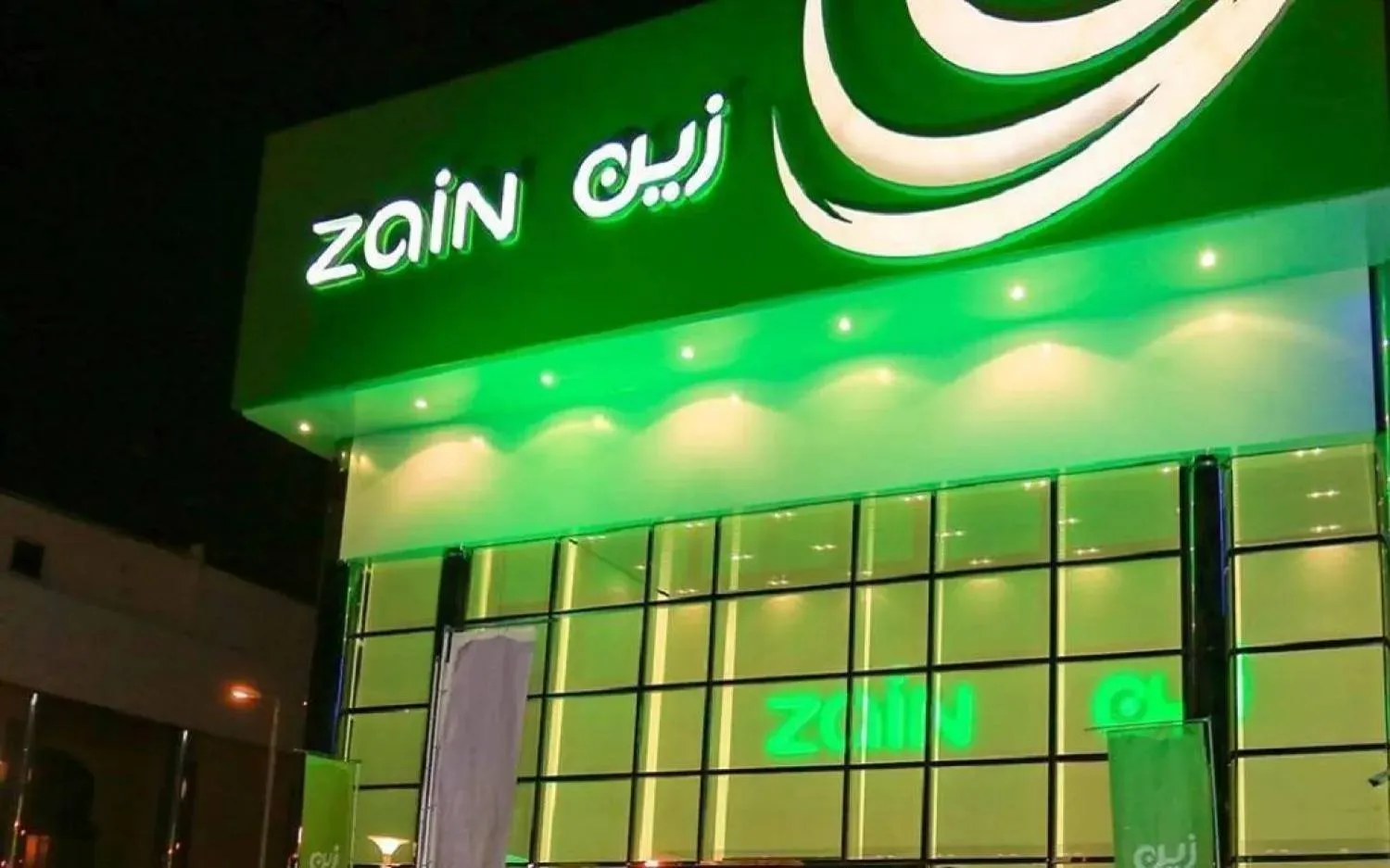Saudi Arabia’s ACWA Power announced the completion of the acquisition of certain shares and debt instruments of Japan’s Marubeni Corporation in Rabigh Arabian Water & Electricity Company as well as certain shares owned by Marubeni in RAWEC’s Operations & Maintenance Company known as Rabigh Power Company.
With that, ACWA Power increased its shareholding to 74 percent in RAWEC after buying all of Marubeni’s stake.
RAWEC is the captive utility provider to Rabigh Refining and Petrochemical Company (“Petro Rabigh Corporation”), a joint venture formed in 2005 between Japan’s Sumitomo Chemical and Saudi Aramco which owns, operates, and manages the Rabigh petrochemical complex. The complex comprises of integrated oil refining and petrochemical operations that produce a variety of refined petroleum and petrochemical products at Rabigh in the Kingdom.
RAWEC owns and operates a conventional thermal power plant and desalination facility with a total installed capacity of 840 MW Power, 6,110 t/h Steam and 12,000 t/h Water, situated approximately 160 km north of Jeddah.
According to ACWA Power’s statement, RAWEC supplies the utilities to Petro Rabigh under a long term take. RAWEC plant comprises of two phases which were commissioned in 2008 and 2016 that run as an integrated operation and is also synchronized to the Saudi Electricity Company (SEC) electricity grid providing a non-stop and highly reliable utility supply to Petro Rabigh Corporation.
RPC is a company responsible for the operations and maintenance of the RAWEC plant as per a long term agreement signed with RAWEC.
The purchase of the target securities was carried out pursuant to certain pre-emptive and other rights that ACWA Power had with respect to the shares held by other shareholders in RAWEC and RPC.
Accordingly, ACWA Power exercised its rights in May 2018 and the physical securities transfer was consummated on March 13, 2019, after securing various consents and completing other regulatory processes.
President & CEO of ACWA Power Paddy Padmanathan commented on the acquisition saying the purchase of additional shares in RAWEC and RPC to increase the existing majority ownership demonstrates the company’s confidence in this utility complex and its desire to further strengthen the partnership with its key client Petro Rabigh Corporation.
CIO of ACWA Power Rajit Nanda noted that by acquiring Marubeni’s Shares in RAWEC and RPC “we intend to build upon our recent successes in the power generation and water desalination sector in the kingdom and the rest of the world and consolidate our position as a major power and water utilities provider to creditworthy energy-intensive industrial customers like Petro Rabigh Corporation.”







